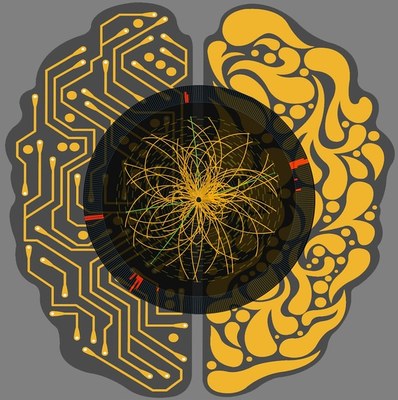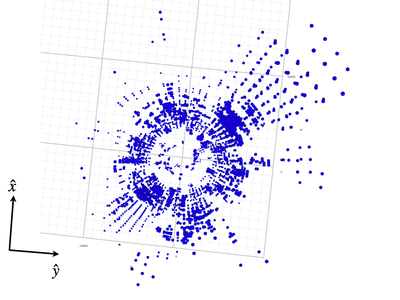New methods to improve physics - incorporating machine learning into the physicist’s everyday work
Extracting interesting physics out of particle collisions is not always an easy task. For example, when looking for Higgs pairs in events with four b-jets, one finds that there are many more events where four b-jets are produced just by the strong (QCD) interaction.
While we physicists have good ideas of distinguishing features between QCD and Higgs pairs events, many of the discriminating features are not strong by themselves. Finding correlations between features and correctly implementing an algorithm can be challenging to impossible. With the computing resources available to us, we can train machine learning methods to “learn” the features and the correlations and thus achieve stronger discrimination compared to a hand-made algorithm. Still, the scientist’s input is crucial as they need to choose the right architecture to be applied to the task.
Several members of our group are active developers of machine learning algorithms, for example, to enhance the identification of boosted Higgs-jets or to find a better discrimination between Higgs pair events and QCD events.


Left: an artistic rendering on how the combination of human brain power and the computing power of machine learning algorithms can help to obtain the optimal interpretation of collision events. Right: Defining energy deposits in the ATLAS calorimeter as a point cloud to improve the energy reconstruction and thus, for example, improve the performance of jets.
